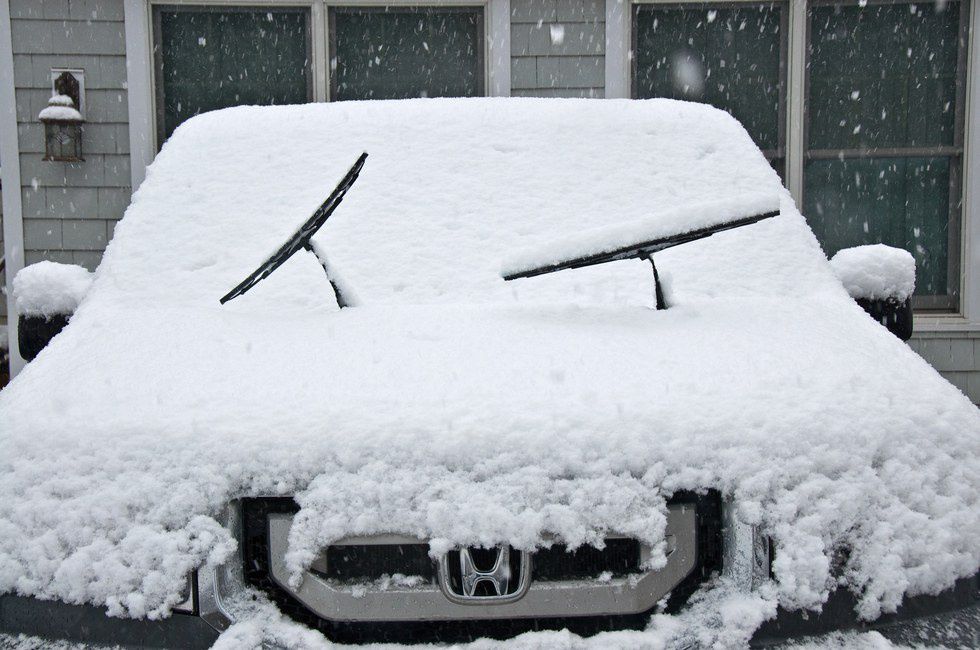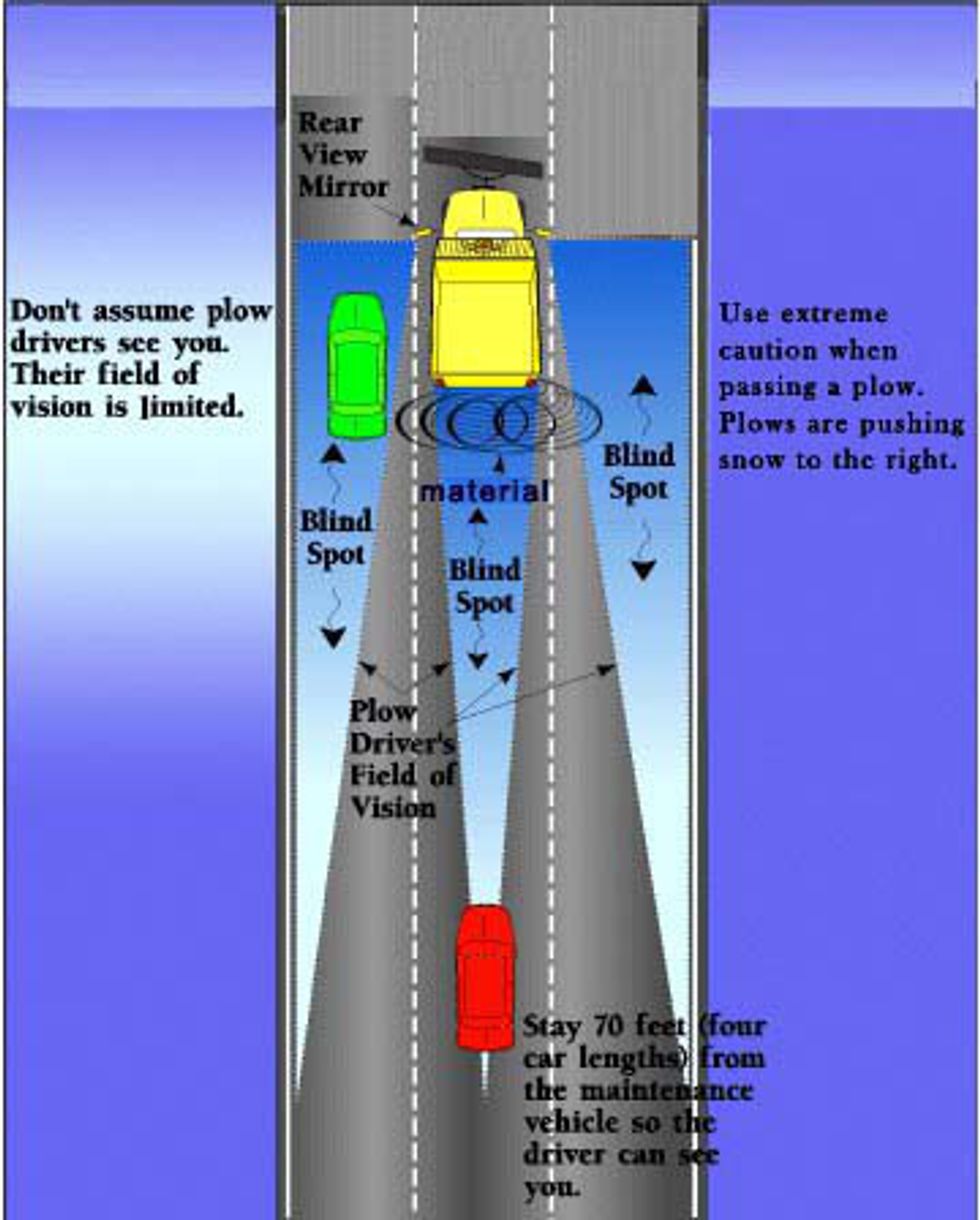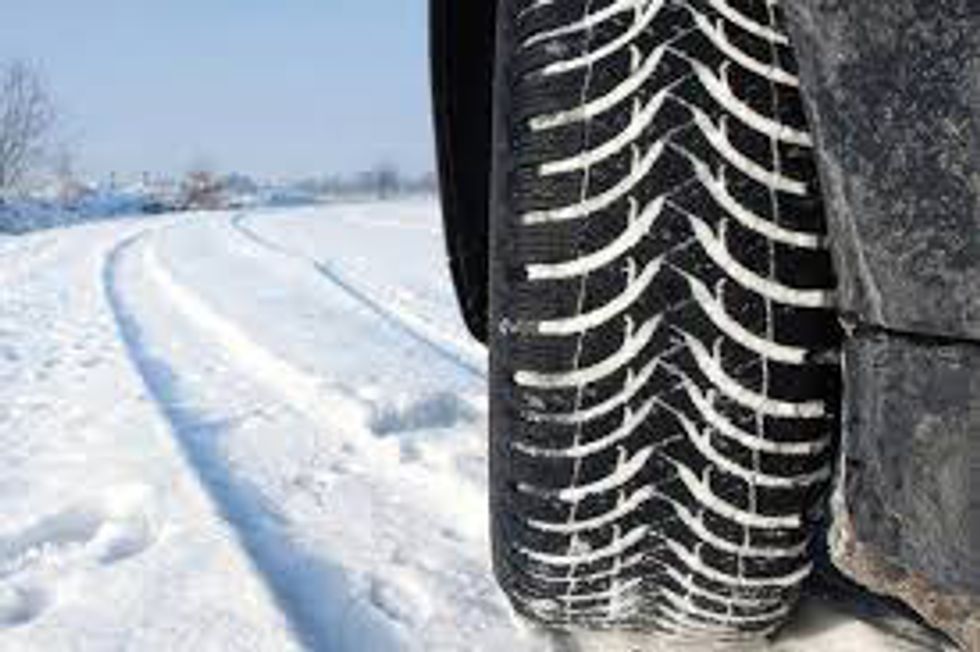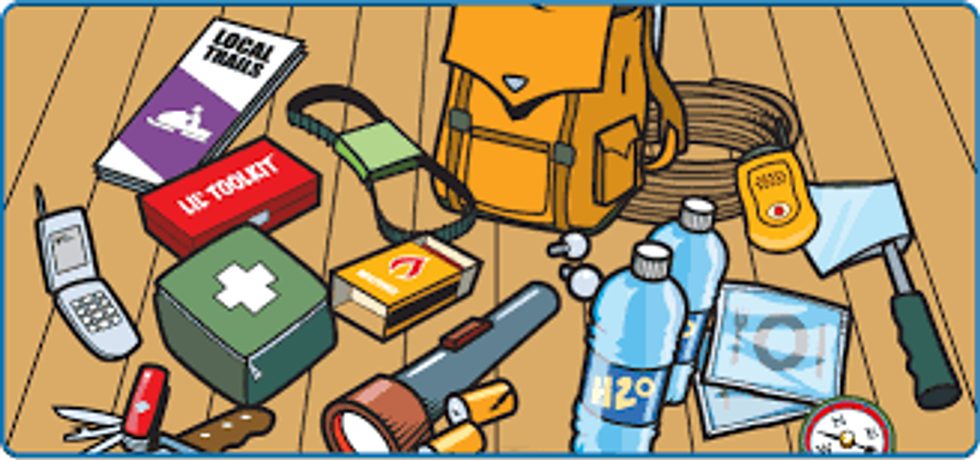It’s that time of year again! Snow has come and so have unpredictable driving conditions. More accidents take place in winter than any other time of the year because people don’t think about the necessary safety precautions needed to drive in the winter, or road conditions have changed the course of their usual routine. Driving conditions can change by the hour. That being said, it’s necessary to keep a few tips in mind for the next few months of cold and snowy roads.
1. Drive slowly

This is pretty much a given, but winter driving makes for harsher road conditions which can make driving harder and more unpredictable.
2. Make sure you feel ready to drive

If you’re tired or worried about driving in the weather, be sure to have a friend drive or wait for better weather conditions before getting behind the wheel. This is always important to remember, but with the unpredictable conditions of winter roads it is even more important to be able to be alert and focused.
3. Know you're safe

If you’re a passenger, make sure the driver has knowledge about winter driving. If you don't feel safe with the driver, try to find another way home.
4. Try to avoid skidding

This means don’t accelerate too hard and keep your driving as smooth as possible. However, if your car does start to swerve, slowly lift your foot off the accelerator and gently turn the wheel in the direction you want to go. Do not jerk the steering wheel; that will only make it worse.
5. Try not to use cruise control

Although this may be nice to use throughout the year to keep from worrying about your speed, it is important for drivers to be in complete control of the speed of the car during winter conditions. The driver should try to safely accelerate or decelerate depending on road conditions.
6. Make sure you can see out of all windows

Remove ice and snow from all windows and make sure to get the snow off of the lights and mirrors as well. If there is a lot of snow on the roof or front of the car, make sure that comes off as well before driving because it can fall onto the front window, making it hard to see.
7. Keep a good distance between you and the car in front of you

Remember this is winter driving. Random patches of ice or other winter road conditions can cause a driver to quickly slow down or stop. It is important to keep a safe distance between your car and the next car.
8. Use your seat belt

This is an important concept to remember year round but especially during winter driving and winter road conditions. More accidents occur in the winter than any other season; be as prepared for them as possible.
9. Put on snow tires

Snow tires allow for better grip when roads are covered with snow or ice. These tires also help with safer breaking. Like any tire, however, winter tires do have their pros and cons.
10. Check your tire pressure
Many car manufacturers recommend having a higher tire pressure for winter tires, a 3–5 psi (pounds per square inch). This can help increase the tire’s efficiency, stability, and increase the tire’s responsiveness.
11. You may need to warm up your car

If you have a diesel vehicle or a vehicle made before 1980, you should warm up your car, perhaps while brushing snow off. However, if you have a newer car, you don’t have to worry about warming up the car.
12. Have a winter safety kit in your car

This can include a cell phone, ice scraper and snow brush, blankets, a flashlight, a candle and matches, a book, and a de-icer. It’s also good to have cat litter in your car in order to help with grip and traction if you end up getting stuck in the snow.
13. Avoid driving in harsh weather conditions

This one is pretty self-explanatory, but if there are weather warnings where you begin your trip, try not to drive at all. If there are weather warnings anywhere you will go during your trip, try to find a different route. Snow can make it hard to see and if there are weather warnings, the roads may be even more unpredictable than in usual winter driving.
14. Think about the time you drive

Make sure there will be snow plows out if the roads are bad. If there are many drivers, depending on the conditions, you may want to wait because busy traffic in winter conditions can cause many issues. However, if you’re driving on back roads or where there’s less traffic, try to think of what the road conditions will be like there before you begin your journey.
15. Make sure you are in control

Whether you're driving or a friend is driving, make sure you know what's going on. If you're a driver, be observant and safe. If you're a passenger, help the driver to drive and if you see something the driver doesn't or don't feel safe in the car, tell the driver.








 The minimum wage is not a living wage.
StableDiffusion
The minimum wage is not a living wage.
StableDiffusion
 influential nations
StableDiffusion
influential nations
StableDiffusion












